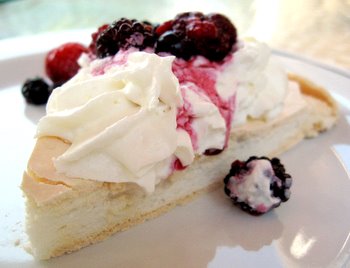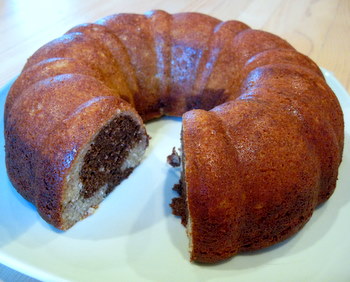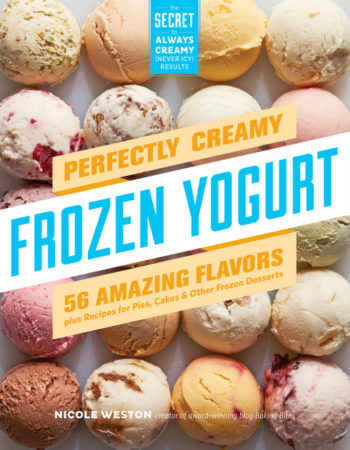Fads in all industries come and go, making an impact on fashion, on entertainment and – in this case – on food. The book Fashionable Food: Seven Decades of Food Fads covers the ups and downs of food fashions (primarily in the US) from the 1920s to the 1990s, one of the most historically interesting times in food history, as technology to advance food production improved as rapidly as the technology to spread food trends from one coast to another in a matter of hours or days, rather than years.
The bulk of the text is concerned with origin of recipes and food trends and with their progression through time and pop culture. The book has a lighthearted, humorous feel to it and breaks up long stretches of text with recipes, photos of influential people and dishes, and other historical asides. Sylvia Lovegreen, the author treats each and every trend equally, even the ones for the less appealing dishes, and spends time on both the ups and downs of food movements. This is a welcome change when many writers prefer to focus on some of the stranger dishes without noting the good, long-lasting ones. That said, the strange dishes are probably the most fun to read about.
Unlike fashion, which cycles through fads with the changing of the seasons, the change in food fads is slower. Reading through the book, it’s fun not only to remember recipes that were once popular and now nearly forgotten, but to see which ones have hardly changed with the passing of time. I’m sure that I’m not the only one who never personally experienced frozen cheese salads or the Banana Popcorn salad of the 1920s, but Devil’s Food Cake and Pineapple Upside Down Cake were also very popular at that time and remain so today.
The book was originally published in 1995, and although it was republished in 2005, the timeline of the book wasn’t greatly extended. It’s too bad that the book stops with culture-mixing fusion food and the every-growing trend for spicy, complex pan-American foods without pushing on into the late 90s and into the 21st century. The material covered in the book is done exceptionally well and, like many good meals, leaves you wanting more. Perhaps we’ll have to wait for yet another edition of the book to come out to get more details on the last decade of food history. Or, we can just hunt through all the blog archives we can find and put together our own version.






What do you think?